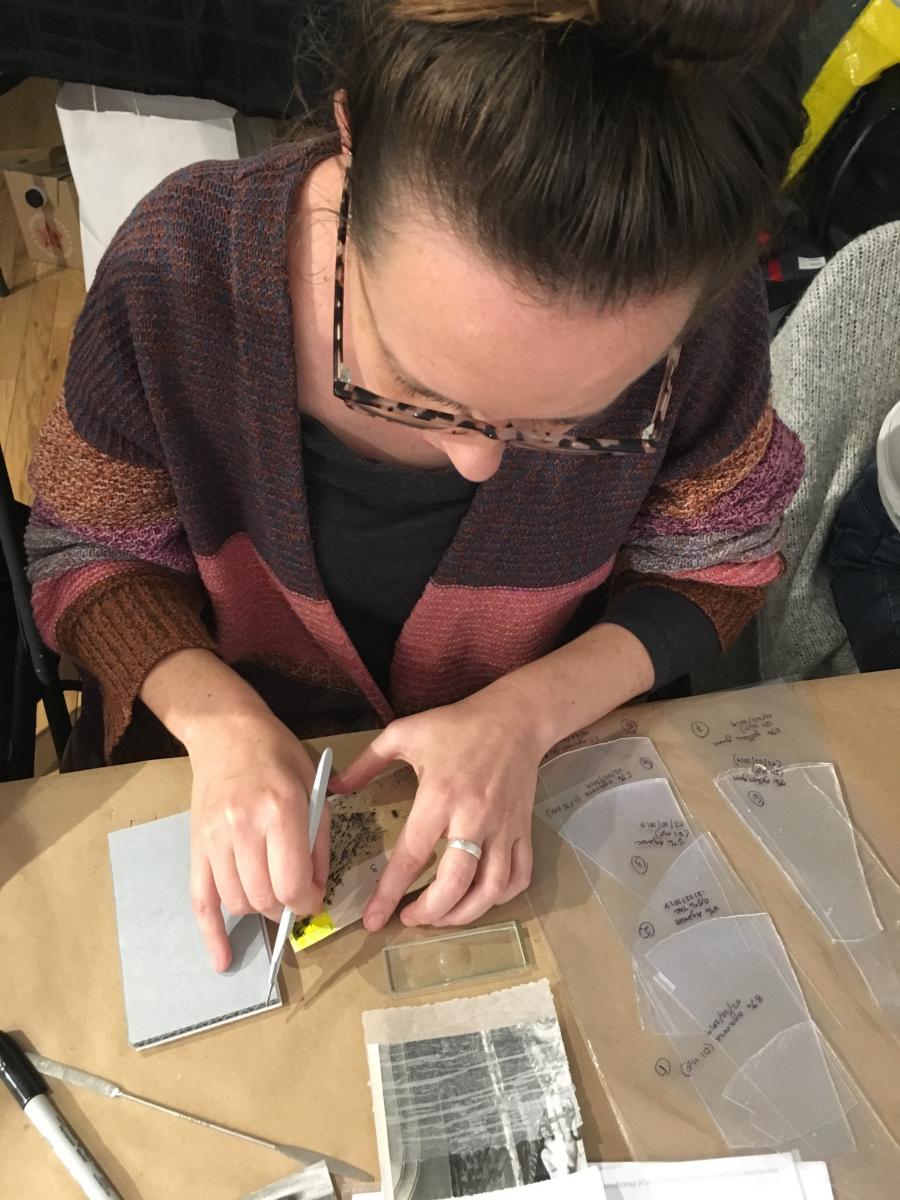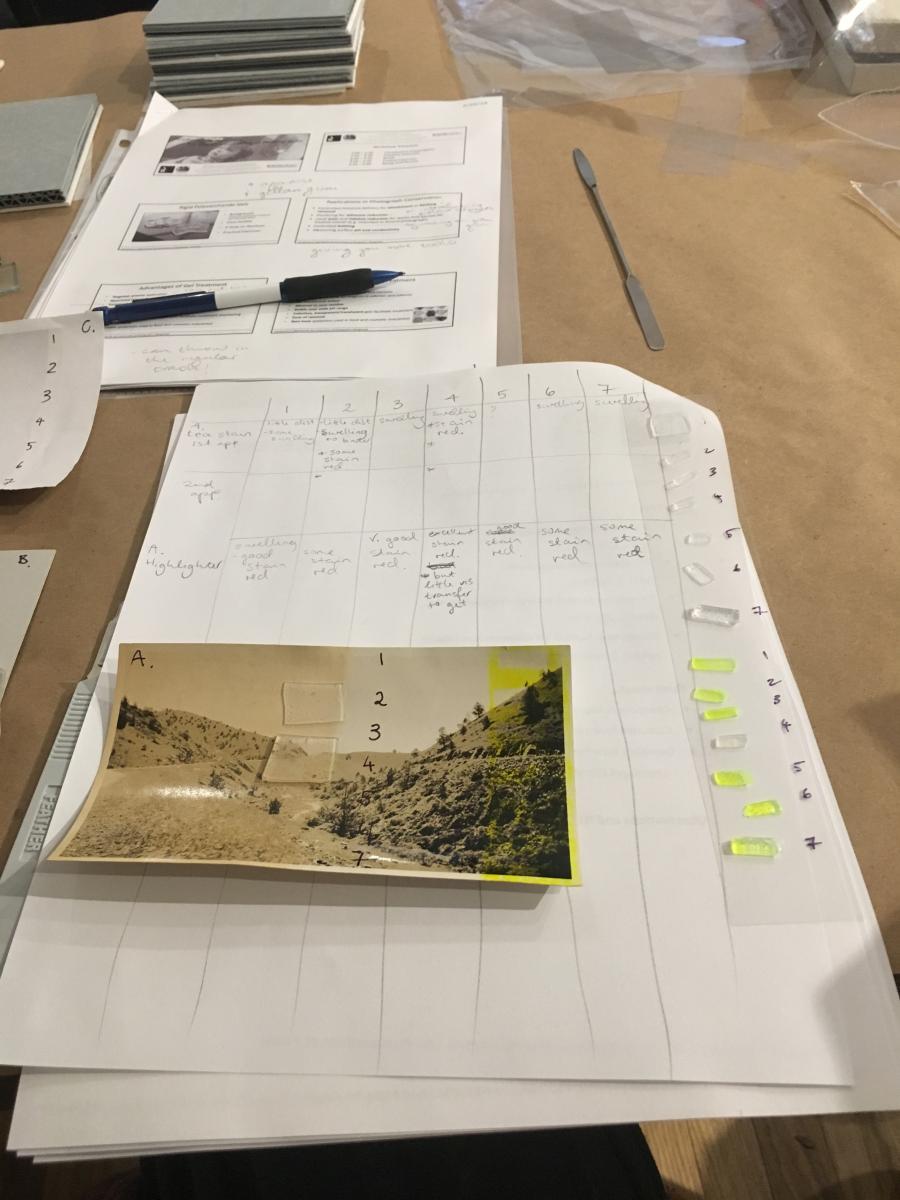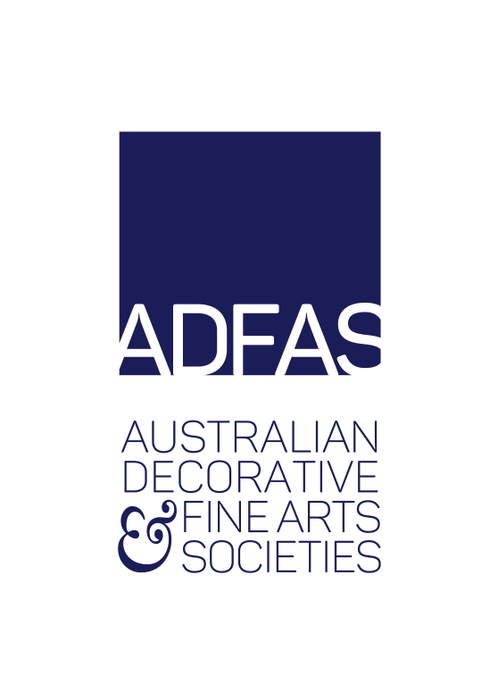Earlier this year I was lucky enough to attend the conference How and Why: Photograph Conservation Today. I was very generously supported to attend by the Association of Australian Decorative and Fine Arts Societies (ADFAS) Patricia Robertson Fund, having been awarded the 2018 Mid-career Scholarship.
This conference was hosted at New York Public Library for the Performing Arts, in the Bruno Walter Auditorium, from 19 to 23 February 2019. As with the 2013 meeting in New Zealand, this was a joint meeting held by AIC Photographic Materials Group and ICOM-CC Photographic Materials Working Group.
The conference included two and a half days of talks, along with the option of booking into a choice of ten tours and six workshops. With 174 participants in attendance, coming from 25 countries around the world, this truly was an international event. The 38 talks covered a wide range of topics including the ethics and practice of reprinting, contemporary avenues for advocacy and outreach, and digitisation challenges for photographs (photograph as both object and image). The Institute of Fine Arts, New York University, generously hosted a reception for conference attendees on the final day of talks. Images from throughout the conference can be found by searching #PMGPMWG19 on social media.
Workshops
I was fortunate to attend three of the six workshops offered during the conference. These workshops were Fundamentals of Color Measurement, with Katherine Sanderson, Inkjet prints in collections – Dealing with the delicate, with Martin Jürgens, and Introduction to Rigid Gels for the Conservation of Photographs, with Michelle Sullivan, assisted by Amber Kehoe.

Fundamentals of Color Measurement was a comprehensive workshop covering topics including colour theory and history, spectrophotometers, measurement protocol, reporting and data analysis, and data continuity. The presenter, Katherine Sanderson, is an Associate Conservator, Department of Photograph Conservation at The Metropolitan Museum of Art. She was extremely generous with her knowledge on the topic, which has developed through close to 10 years of research on quantifying colour change in photographs over time. One of my key learnings during the workshop was to understand that micro fade is predictive testing, while colour monitoring is about real time change.
Inkjet prints in collections – Dealing with the delicate was held by Martin Jürgens at the New York Public Library conservation lab. Jürgens is well recognised as a digital print expert and is currently Conservator of Photographs at the Rijksmuseum. I have previously struggled with identification of inkjet prints, and this was a wonderful refresher and update on the topic. Jürgens’ book The Digital Print is still the key conservation text on this topic. We were also introduced to his new and complementary website http://the-eye.nl/. The question as to whether an inkjet print can be considered a photograph raised an interesting discussion during the afternoon, which also led to one of photograph conservation’s favourite topics – terminology. There was a discussion on surface texture and issues from compacting, and treatment of this issue presents a great research opportunity. Through various examples, we were reminded of the importance of safe and minimal handling. After the workshop, it was with great envy that we toured the HUGE conservation lab space for the New York Public Library.
Introduction to Rigid Gels for the Conservation of Photographs was a change to the originally programmed Custom Aqueous Cleaning of Photographs workshop with Richard Wolbers. Michelle Sullivan, assisted by Amber Kehoe, stepped up to hold a wonderful and practical workshop at the Penumbra Foundation. With the recent focus on gels in paper conversation, this was a great opportunity for learning about this new world of treatment possibility. Sullivan holds the position of Assistant Conservator, Department of Paper Conservation at J Paul Getty Museum. Her research and experience with the application of rigid gels in the conservation treatment of works of art on paper was passed on in a very practical lecture and hands-on workshop. We focused primarily on the rigid polysaccharide gels agarose and gellan gum, with Sullivan sharing many useful treatment tips. The need for further research into using these gels on specific photograph processes was highlighted.

Tours
I attended the behind-the-scenes tour of The Met’s Photograph Conservation Department, where we learnt about some of the ongoing research there. This included their new method of housing for bare daguerreotype plates, conservation of glass plate negatives, colour monitoring, and time-based media conservation. For me, the highlight was seeing some examples from The Met’s collection of photograph albums, including one of Anna Atkins’ original Photographs of British Algae: Cyanotype Impressions.
Talks highlights
During the conference, there were so many wonderful presentations. For this report, I have decided to highlight three presentations that resonated with me. Papers related to the conference will be published in an upcoming issue of AIC PMG’s Topics in Photographic Preservation.
Debra Hess Norris’ presentation, ‘From Teleprompters to Tedx: Lessons Learned in Public Outreach, Advocacy and Fundraising’ was nothing short of inspiring. Throughout the talk I eagerly awaited a Beatles reference and was not disappointed. Hess Norris advocates the use of six themes to strengthen opportunities for photograph conservation: entrepreneurship, partnerships, relevance, communication, resourcefulness and collaboration, and interdisciplinarity. Examples included the use of social media to reach new audiences, targeted fundraising drives for collections at risk, engaging children to create and care for art, and involving volunteers in meaningful activities. I was particularly interested in the idea of applying social marketing and cultural entrepreneurship to photograph conservation activities and am yet to read some of the texts highlighted, such as Entrepreneurship in Culture and Creative Industries and Social Marketing: Behavior Change for Social Good. You can access an annotated bibliography on the new website https://conservationadvocacy.wixsite.com/photographs
Belinda Gourley’s talk on ‘The Kodak Colorama Collection at Museums Victoria’ was excellent. I particularly appreciated Gourley’s candour during the talk, as she highlighted some of the everyday challenges that we face in the field. There was also a wonderful exchange between Gourley and an earlier presenter, Joseph LaBarca, who, having worked for the Eastman Kodak Company for over 34 years, was familiar with the coloramas. The two shared comments on the historic light-box design, and a surprising material component that had been detected with FTIR analysis. The audience was also particularly interested in the final rolled storage solution for the works.
Katrin Pietsch and Lénia Oliveira Fernandes from Nederlands Fotomuseum presented the talk ‘Mouldy matters: Conserving Ed van Elsken’s 45,000 colour slides’. This talk was such a wonderful example of meaningful and thoughtful work. It demonstrated forward planning, negotiation, persistence, logic, and consideration for long-term value (rather than short-term wins). The work activities presented included surveying the collection, examination and analytical analysis, development of a treatment methodology, fundraising and advocacy, and then rolling out a program of bulk treatment (taking almost two years), digitisation, exhibition and publication. As well as discussing this inspiring project, Pietsch and Oliveira Fernandes presented a safe, time- and cost-effective treatment methodology for mouldy colour slides, which they had developed over several years. The microscopic (SEM) cross-section images shown of the mould spores in gelatine were both visually stunning and terrifying. Considering the issues that we have with humidity and mould in Queensland, I’m interested in investigating the possibility of inviting these presenters to run a workshop in Australia.
Resources to look out for and thank you to ADFAS
Other photograph conservation resources I learnt about during the conference include an upcoming publication of JAIC that will focus on salted paper prints, and AIC PMG members are still able to apply for the Analog Sample Set (while stocks last). These sets contain 17 analogue samples (photographic prints, negatives, and transparencies) and each sample is accompanied by a detailed information sheet. There is no fee for the sets, although a shipping fee does apply. I also heard about a lab in Kyoto making collotypes, so perhaps put that in the itinerary for your next visit to Japan!
My most heartfelt thanks to the Association of ADFAS for supporting me with this opportunity. There were so many inspiring presentations, and the privilege of being there in person to participate in the incidental and ancillary activities was just as important as the talks for professional development, learning and building connections. Attending this conference was a wonderful opportunity to reconnect with mentors and friends, and to learn about new developments in photograph conservation.
